Paper – Part 1: What is Printmaking Paper
I love paper! I love how it feels, and I especially love what you can do with it. I love deckled edges, handmade papers, machine-made, thin, thick, smooth, textured and toothy papers. White, Cream, Buff, Antique, Warm White. And I especially love Printmaking papers.
I am often asked to recommend a printmaking paper, and asked the difference between printmaking paper and other art papers.
Recommending a specific printmaking paper is a hard question to answer!
If for no other reason than there are many different printmaking processes and many different printmaking papers. You can techinically print on to just about any paper surface – but some papers are better suited to different printmaking processes than others, not to mention budgets.
I finally set about doing a little research to answer the questions students ask me, and my own questions, about paper. Plus other questions I didn’t realise I wanted answers for.
And the more I researched and read, the more I wanted to share and the longer the article got – so I have split it across four parts. Hopefully you will find useful information and answers in any or all of these four articles:
WHAT MAKES 'PRINTMAKING PAPER' PRINTMAKING PAPER? – where you are right now 🙂
- 7 different TYPES OF PAPER
- What is Printmaking paper?
- What is the difference between Printmaking Paper and watercolour paper?
- 7 considerations for selecting a Printmaking Paper
- What is Archival and Acid Free paper?
- References and Further Reading
MY FAVOURITE PRINTMAKING PAPERS
STORING YOUR PRINTMAKING PAPERS
(and other information you didn’t know you needed to know)
ALL ABOUT PAPER SIZES
Please note that I am writing this from the perspective of a Printmaker. I print. I am not a painter, pastel artist or drawer and I rarely work with mixed media. If I was to work with those art forms it would be with Printmaking Paper. My comfort zone, and my love. I love print!
Paper Part 1 – What makes ‘Printmaking Paper’ printmaking paper?
7 different TYPES OF PAPER
Before we jump into the specifics of Printmaking paper, we’ll have a quick look at some of the different types of paper in use around the world. I found a great article on guarrocasas.arjowiggins.com looking at the 7 most common types of paper. Click through to the article or read an overview below.
How many different types of paper are there?
In short – many!
And for each ‘type’ of paper, there are subgroups with more types of paper. Different ingredients, material compositions and manufacturing processes combine to create a broad range of different papers, each with specific properties to perform for specific purposes.
1. REPRO PAPER – (aka Offset paper) manufactured in large quantities and as cost-effectively as possible for the commercial printing industry, these papers may have a short lifespan and contain more ‘filler’ than cellulose fibre. The paper comes in large sheets or rolls, and can be ‘coated’ or ‘uncoated’. The coated papers (refer below) have a smooth and light or heavy shine to them; whereas uncoated papers have a rougher surface feel. They are not archival or acid free papers. Brochures, posters and books are generally produced with these papers.
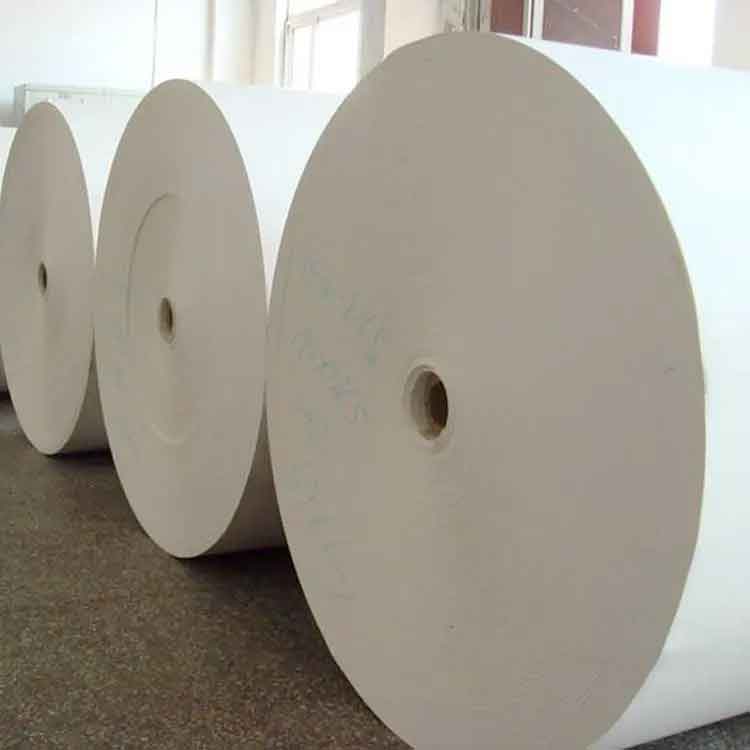
2. COATED PAPER – is a commercially produced REPRO PAPER with a smooth clay coating applied to give it a smooth low- or high-gloss finish. The coating allows the printing inks to sit on the surface of the paper, as opposed to being absorbed into the paper, often giving a high quality and greater detailed printed result. Fashion magazine paper is one example of the use of coated papers.
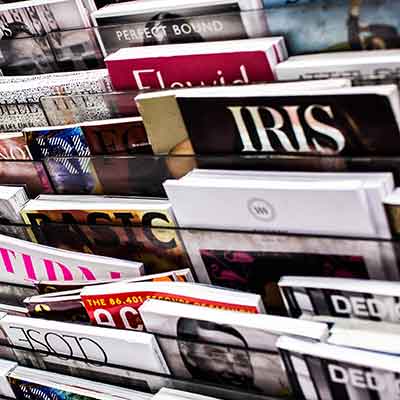
3. TISSUE PAPER – is highly absorbent and soft. It generally offers little or no water resistance. Different manufacturing processes are used to create tissue papers for different purposes. For example – facial tissue paper is different to restroom tissue paper (aka toilet paper), different again to wrapping tissue paper. Some tissue papers need to handle liquid and not fall apart in use, where as other tissue papers are designed to dissolve easily.
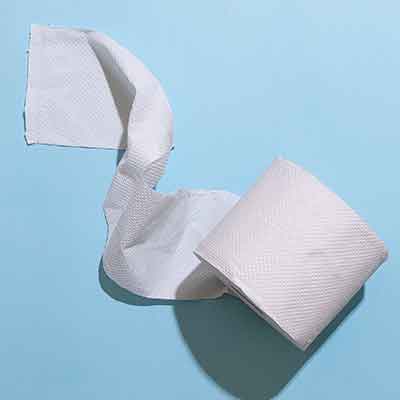
4. NEWSPRINT – pretty self-explanatory – newsprint is used for printing newspapers. Newspapers only require a short life and do not require high quality ingredients in its manufacture. Newsprint often has a high degree of recycled content. The fibres are short and the paper will tear easily. The paper will yellow and become brittle with age as a result of the fibres and fillers used in its manfacture.

5. CARDBOARD – is made with raw, unbleached wood pulp; often using recycled materials. Its brown colouring comes from the wood pulp colour, and given how it is used (often in large boxes), it does not need to be bleached. There are three layers to cardboard – two smooth outer layers and a corrugated inner layer. It is the corrugated inner layer that gives the cardboard its strength.

6. PAPERBOARD (often also referred to as cardboard) – this is the thicker paper material used in packaging. Paperboard is made with short fibres, most often recycled materials, with at least one coated layer added to the paperboard to give it a printable surface. Cereal boxes, cosmetic packaging and notebook covers are examples of paperboard in use.
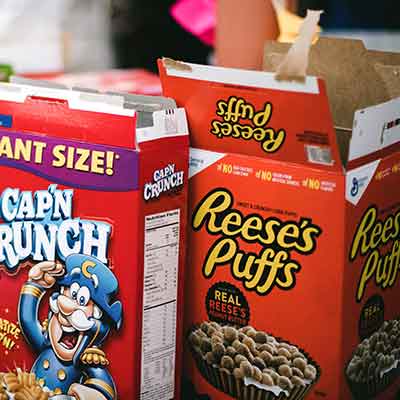
7. FINE ART PAPER – this is the reason we are here 😊 Fine Art Papers are specialised papers, manufactured with different technical and functional characteristics to suit different art techniques and applications. These papers are made with quality fibre materials to ensure archival longevity (100+ years). There are many different types of fine art papers, and within each type is another subgroup:
- Printmaking paper
- Watercolour paper
- Canvas paper
- Cartridge and drawing paper
- Pastel paper
- Photography paper
- and so many different others!
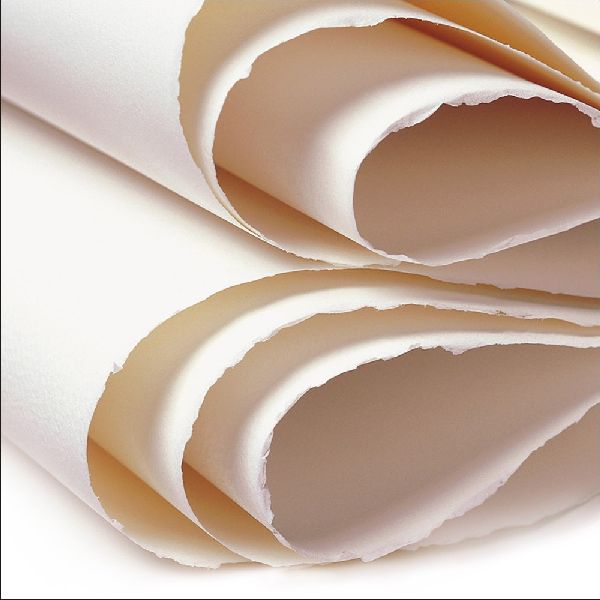
What is Printmaking Paper?
Printmaking paper is a subgroup of Fine Art paper.
In reality you can print onto just about any type of paper – tissue paper, watercolour, cartridge, printmaking, photocopy, newsprint, handmade, recycled, drawing, cardboard. If the paper surface holds the ink – print on it!
However, the type of paper you print with will have a direct impact on your final printed result. The paper’s absorbency, fibre, additives, thickness and texture will all play into the look and quality of your final printed result.
Papers manufactured and offered as Printmaking Paper have been made specifically to withstand the rigors of printmaking.
They are generally very strong while maintaining flexibility and manufactured with none or minimal sizing. Their composition has been designed to withstand periods of soaking in water and no or minimal stretching when exposed to the pressures of a printing press.
Different printmaking papers suit different printmaking processes. Relief vs intaglio printing lend themselves to using some printmaking papers interchangeably, but some papers are designed specific to each printing process.
When buying paper from a Printmaking Paper supplier, read the information in the product description – it will generally note the printmaking processes the paper is best suited for. But that’s not to say you can’t use some papers for processes not noted in their descriptions!
I use a few different types of printmaking papers, depending on the printmaking process I am working with and the end result I am aiming for. I didn’t know where to start when I started my printmaking practice. I was recommended to one paper and used that one type for a number of years. Over a period of time I tried out quite a few different papers and have settled on some favourites. You can read about those papers in Paper Part 2 – Printmaking Papers I like to use.
When selecting a printmaking paper …
There are a few important factors you should be aware of when selecting a printmaking paper. I have shared 7 below, where each factor can influence the final printed result, therefore the paper you buy. Not every factor noted below will be essential to every print project, and there may be factors not considered here, but it is good practice to understand at least these aspects of printmaking papers:
- Fibres – what is the paper made from?
- Sizing – has the paper been sized to allow or inhibit ink penetration
- Weight – how thick or thin is the paper?
- Surface or ‘tooth’ – is the paper smooth or textured?
- Dimensional stability – will the paper hold its shape and not stretch while printing?
- Edges – you going to frame work behind a matt, or create bleed print where you want the deckled edges shown?
- Budget – how much does the paper cost and what can you afford?
I talk through each of these factors a little further down the page.
What is the difference between Printmaking Paper and Watercolour Paper?
You can print onto Watercolour paper; and you can paint watercolour onto Printmaking Paper. The respective papers have been designed and manufactured specifically for their nominated art techniques – but some papers within each paper group can be used interchangeably.
Printmaking paper
- Has minimal or no sizing, allowing the inks to be absorbed into the paper.
- Is generally softer and more flexible than watercolour paper, making it better suited to hand-printing and printing through a press. The paper can also range from very thin (20gsm Japanese papers) to very thick 600gsm paper.
Watercolour paper
- Has more sizing that printmaking paper. This makes the paper less absorbent, ensuring the watercolour paint sits on the surface of watercolour paper.
- Is also generally thicker than printmaking papers – starting at 300gsm. The paper thickness and additional sizing work to stiffen the paper, making it easier to handle for the specific purpose of watercolour painting.
You can absolutely print onto watercolour papers – but I recommend doing some tests first to make sure the printed results are as you hoped or expected them to be:
- Does the paper’s surface texture affect the printed result?
- Is the ink absorbed comfortably into the paper?
- Does the weight of the paper make it easy to handle and print with?
1. Fibre – what is printmaking paper made from?
Printmaking papers are made with strong fibres offering archival (100+ years lifespan) qualities.
Traditionally, European printmaking papers were made with 100% cotton fibres, and Japanese printmaking papers are made with kozo (mulberry bark), bamboo, hemp and other fibres combined with wood pulp for stability.
Cotton paper was made with 100% ‘rag’ or cotton textile remnants. Changes in the textiles industry have reduced accessibility to cotton textiles with the introduction of synthetic fibres. Cotton papers are now generally made using 100% cotton linters or a combination of cotton linters and cotton from used cloth.
Cotton linters are pure cellulose fibre by-products from cotton processing. Their fibres are shorter than cotton textile fibres, but they are still very strong and offer excellent archival properties.
Wood pulp (alpha-cellulosa) is used in some printmaking papers. It is naturally brown in colour, so requires bleaching to bring it to a white state. Wood pulp naturally contains a sap compound called Lignin. If the Lignin is not removed from the pulp, it will combine with the bleaching agents and turn to hydrochloric acid as the paper ages – rendering the paper non-archival.
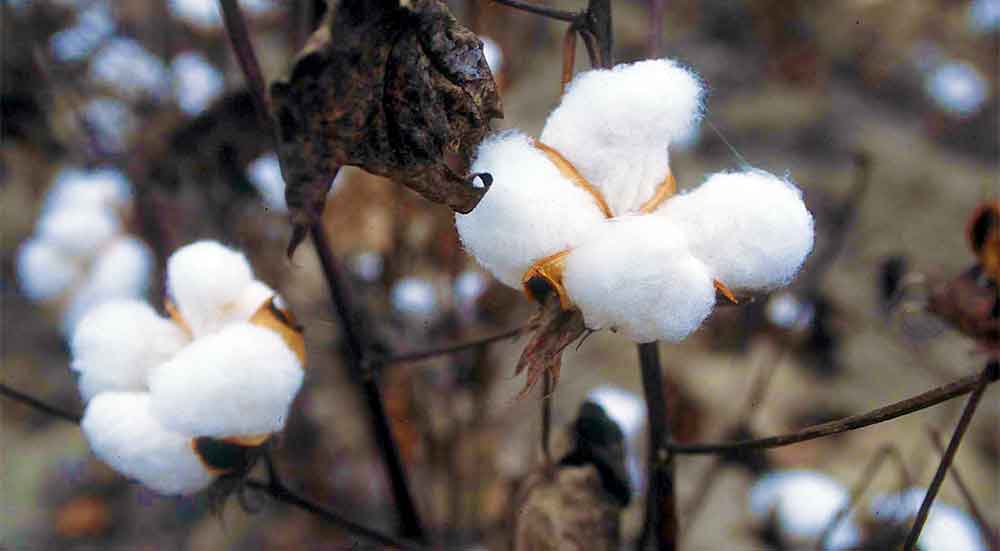
2. Has the paper been ‘Sized’?
‘Size’, in this context, does not refer to the physical dimensions of your paper. Rather, ‘size’ refers to a substance added during the paper manufacturing process to reduce the absorbency of the fibres once the paper has dried.
Simplistically:
- Liquid pigments, like ink and paint, will sit on the surface of SIZED papers.
- Whereas UNSIZED papers (waterleaf paper), or papers with minimal sizing, will absorb the liquid pigment.
There are three levels of paper sizing:
- WATERLEAF – unsized paper, like blotting papers and coffee filters. Some printmaking papers are made with no sizing added. The papers will absorb any moisture placed on them.
- WEAK SIZED or SOFT SIZED or SLACK SIZED – paper with minimal sizing. They have a high degree of absorbency, but still hold together with some liquid on the surface. Newsprint is an example here. Many printmaking papers are made with only small amounts of sizing added during their manufacture.
- HARD SIZED – paper with high amount of sizing, internal or surface sized. Hard sized paper tends to withstand vigorous drawing and painting techniques. Bleed-proof paper is an example of Hard Sized paper, as are coated fine art photography papers.
There are two different types of Sizing, with each different type using different Sizing compounds:
- INTERNAL SIZING is where the sizing agent (eg alkyl ketene dimer or rosin) is added during the early stages of the paper’s manufacturing process to increase the paper’s resistance to penetration by water-based liquids at an individual fibre level; and
- SURFACE (or EXTERNAL) SIZING is where the sizing agent (eg gelatine or wheat starch) is added toward the end of the manufacture process, when the paper is formed and partially dried. It essentially coats then seals the surface of the paper, giving it a water resistant quality and strength. Surface sizing can also work to increase the strength of a paper.
You can Size your own paper by buying a sizing agent or making your own with gelatine. I found this article at Natural Pigments for making your own gelatine size for your own handmade papers.
Sizing can also impact a papers texture, strength and creasing and folding qualities.
3. Weight – how thick or thin is the paper?
The thickness or ‘weight’ of your paper can have a big impact on the printed result.
If you are printing a relief print, like a linocut or woodblock print, a thinner paper can be easier to print, especially if you are printing by hand with a baren as opposed to using a press. Printing an etching or drypoint plate may require a heavier weight paper so the paper handles the rigors of the pressure of the press and is thick enough to sculpt itself around the edge of the plate, while not tearing, distorting or stretching.
Paper weight is measured in ‘gsm’ – grams per square metre.
In the US, paper weight is measured in ‘lbs’ – pounds.
The US lbs paper weight is measured differently to gsm. I’m not going in to that here, but Strathmore shares a great online article that does explain the difference.
Regular photocopy of Bond paper is around 80gsm, or 20lbs, per sheet.
Printmaking papers can vary from 20gsm up to 350gsm. Even up to 600gsm – I have some delicious 600gsm Magnani Etrusca that I have printed on for book covers. Yum!
Watercolour papers generally start at 200gsm and go up to 640gsm.
Japanese Kozo papers can be as thin as 8gsm – delicate papers with an incredible strength due to the length of the fibres and their making process.
Paper weight can be tricky to determine just by feel. Two different papers noted with the same weight (eg 200gsm) may feel very different to each other. If you have two different types of paper, but the same weight, feel them both and see if you notice any difference in their thickness. One may well feel thicker than the other. Also, feel for the thickness of a piece of paper between your thumb and forefinger on one hand – then do the same on the other hand. Does the paper feel different between each hand?
My general ideal paper weight for linocut is 250gsm – 300gsm. It is sturdy, hangs well when framed, and can withstand the multiple layers I like to print when printing in my reduction linocut printing. This paper weight, however, makes for needing a lot of physical effort to hand print.
The thinner Japanese papers are much easier to print for the relief printmaking processes.
I like to use a 300gsm lightly textured paper for intaglio printing.
I go into more detail about the paper weights I like to work with for different printmaking applications in Paper Part 2 – Printmaking Papers I like to use.
Below is a chart from Strathmore showing an example of different paper weights in lbs and gsm for different types of paper.
4. Surface or ‘tooth’ – is the paper smooth or textured?
The surface texture of your paper can be both a practical and personal choice. Smooth vs textured surfaces will have an influence the printed end-result.
Smooth papers can show more detail within an image than heavily textured papers.
A textured paper, however, can add to the physical experience if the paper is to handled.
Smooth paper can also work to create a brighter looking printed image, whereas a more textured paper will look less-bright due to the way light is reflected off the uneven textured surface.
Broadly speaking you can categorise paper surface texture into two categories:
- HOT PRESSED papers have been passed through heated rollers during manufacture. This creates a SMOOTH paper surface.
- COLD PRESSED papers have been passed through cold rollers during manufacture, giving them a LIGHT- to MEDIUM-texture on the surface. Cold pressed papers are particularly popular with watercolour papers.
I choose the paper’s surface texture based on the printmaking process I am going to print with.
I like to work with a smooth surface paper for my linocut printmaking, especially given that I hand-print most of my work with a baren. It allows for easier uptake of the ink from my lino block, and generally a better printed image.
I love to use lightly textured papers when intaglio printing. The printing process may flatten the paper texture where it has contacted and compressed with the printing plate, but I love the texture surrounding the printed image.
For my monoprinting I lean towards smooth papers so I capture as much detail and colour within a print, but textured papers offer exciting possibilities.
Paper texture is definitely a practical consideration when selecting a paper; but it is also very much a personal choice.
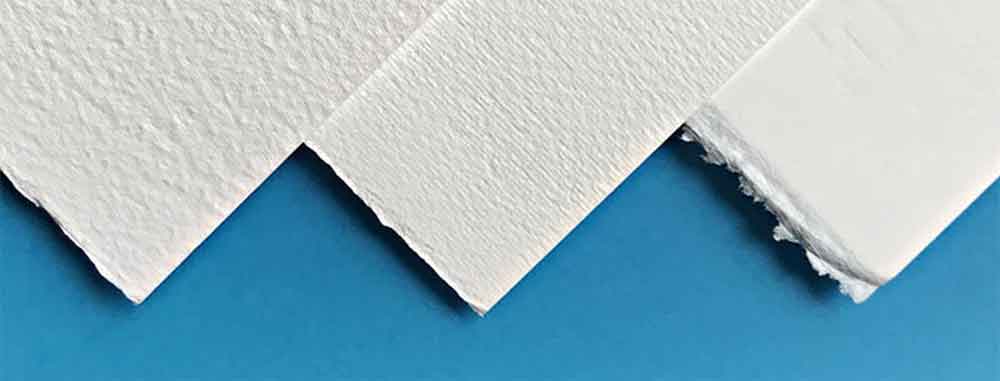
5. Dimensional Stability
Dimensional Stability refers to the “measure of the extent to which a paper will resist a change in size as the result of a change in moisture content or the application of a compressing force, as during printing.”
Printmaking often incorporates some aspect of moisture and some sort of compressing force – be it a light hand pressure or the full force of a tightly wound etching press.
Knowing that your paper isn’t going to stretch, swell, shrink or warp as you print is important – not just for the end result, but also your own peace of mind. You want to know that your paper will hold up to the pressures of hand- or press-printing, especially when printing multiple layers when it becomes crucial to maintain print registration.
When printing intaglio, you will need to pre-soak your papers. Printmaking papers are specifically designed so as to not warp, swell or shrink when soaked, then not stretch as the dampened paper is run through the press.
It is hard to find information specific to the dimensional stability aspects of Printmaking Papers. Its not something I have seen mentioned in any paper descriptions when I have been buying paper. My assumption is that if a paper is offered as a Printmaking Paper, it will (generally) note the printmaking processes it is best suited for, and that is your clue as to the dimensional stability of that paper.
6. Paper Edges
Do you like to print paper with a straight trimmed edge, or torn edge?
Personally I love the deckled edge of paper – that torn-look along two or all four sides of a full sheet of paper.
The deckled edge is the unfinished soft edge of the paper. The ‘feathered’ edge. It occurs naturally when making hand-made papers, and is incorporated into commercially produced fine art papers.
If a sheet of paper has deckled edges on all four sides, then you know that the paper has been made in a mould in one sheet. If the paper has deckled edges along two opposing edges and straight trimmed edges along the other opposing side, then it is probable that the paper has been manufactured in large sheets and trimmed, or in a roll and trimmed to a sheet size.
Those delicious deckled edges were once considered an annoying by-product of the paper-making process. They now feature in a many fine art printed pieces.
You can create your own deckled edge look by creasing then tearing your paper.
I like to tear my papers with a metal ruler. That works to give a look-alike deckled edge along the torn edge. However, I will sometimes trim my papers with a knife and metal ruler if I need sharp corners to help with print registration.
If my printed work is to be framed behind a matt, feathered torn or sharp trimmed edges have no impact on the visual appeal of the print.

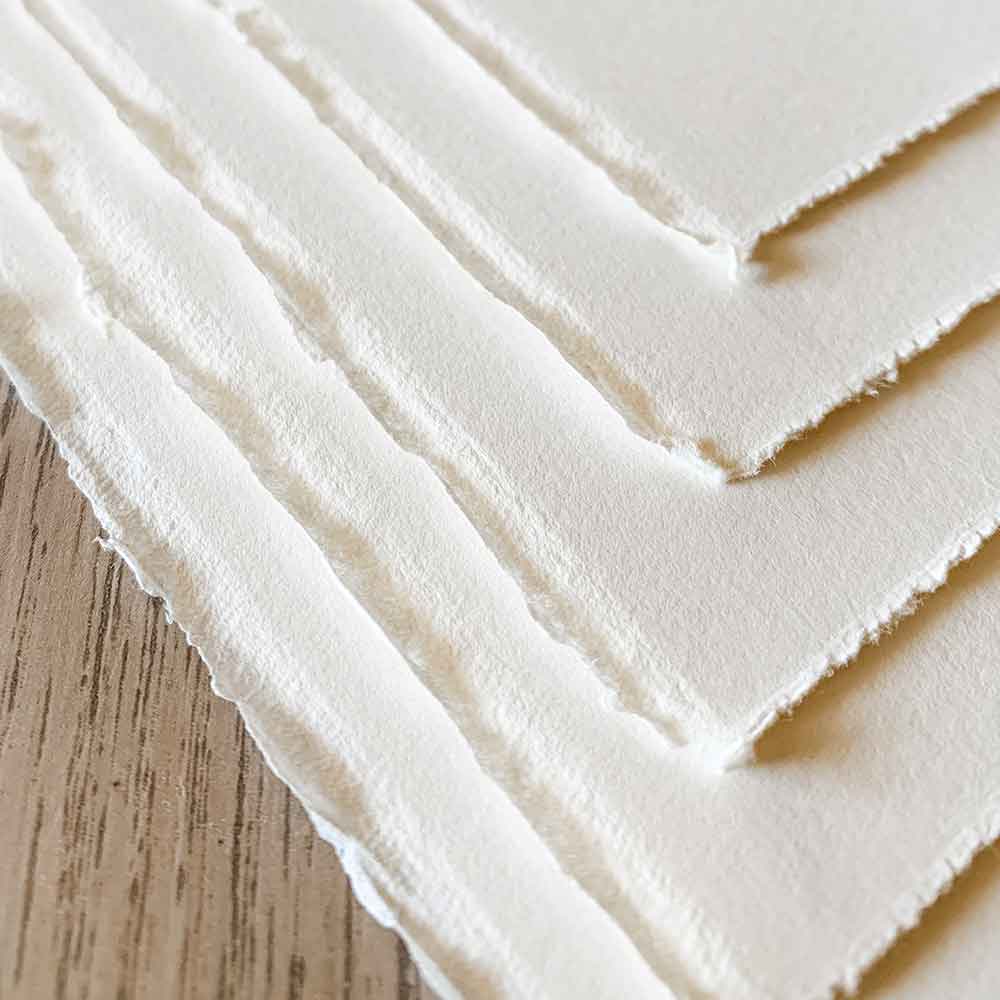
7. Budget
Good quality Printmaking Paper isn’t cheap. You can buy sheets across a wide price range – and generally the price will reflect the quality of the paper.
When it comes to buying art supplies, my general rule is to “buy the best quality I can afford at the time“.
Printmaking Paper sheet size varies. Generally around 76cm x 112cm / 30″ x 44″ for a full sheet and 56cm x 76cm / 22″ x 30” for a half sheet.
I buy the half sheet size (it is easier to handle and store) and cut or tear my paper to size for each print project.
When I first started printmaking I was paying around A$4 per half sheet of printmaking paper. The paper I use now ranges from A$11-$18 a half-sheet, depending when I buy it. I keep an eye out for the paper sales at the major printmaking supply stores in Australia.
I must confess – while the world was stockpiling toilet paper during the peak of the COVID pandemic, I was slowly stockpiling printmaking paper 🙂 I was terrified of being stuck in a lockdown with no paper to print with!
What is Archival and Acid Free paper?
Fine Art papers, by their nature, are acid free and archival. I found a great article on Making a Mark that looks at Archival papers that goes in to a little more detail than I do here.
Archival papers are essentially papers that will last a long time, with an expectation of 100 years or more, without yellowing or deteriorating.
If you are printing artwork for sale and exhibition, you will want to print onto Archival quality papers. If your artworks use a paper not considered Archival (eg newsprint) then it should be noted in the description of the artwork. There’s nothing wrong with using a non-archival paper if it is an appropriate part of your artwork, but be clear in the artwork’s description to any potential buyer.
It should also be noted that are other factors can influence the archival quality of a paper. For example – framing materials, tape, inks, paints, glues, varnishes and storage can all work to affect the archival nature of an artwork on paper.
Acid Free paper means that the pH of the pulp used to make the paper is 7 (neutral) or above (more alkaline). A paper can also be ‘buffered’ to neutralise acid compounds absorbed from the atmosphere or formed through natural aging.
It should be noted that Acid Free paper does not guarantee that the paper is Archival, but Archival is Acid Free.
In writing this I’ve decided I want to research and write more. I’ll come back and do that in a month or so, after I have finished off the initial four articles in this four part series.
Paper Part 1 – the end. Ready for more?
So there you have it – a not-too-brief overview of Printmaking Paper.
If you’re ready for more information, head over to the other three articles in this four-part series:
MY FAVOURITE PRINTMAKING PAPERS
STORING YOUR PRINTMAKING PAPERS
(and other information you didn’t know you needed to know)
References and Further Reading
Sizing Paper and Gelatin Sizing – www.naturalpigments.com/artist-materials/sizing-paper-gelatin/
How is paper made – www.caseyprinting.com/blog/how-is-paper-made
7m most common types of paper – guarrocasas.arjowiggins.com/en/paper-academy/7-most-common-types-paper
Paper weight paper size – www.papersizes.org/us-international-weights.htm
The Ultimate Guide to the Different Types of Paper for [Commercial] Printing – www.bbpress.co.uk/news/the-ultimate-guide-to-the-different-types-of-paper-for-printing






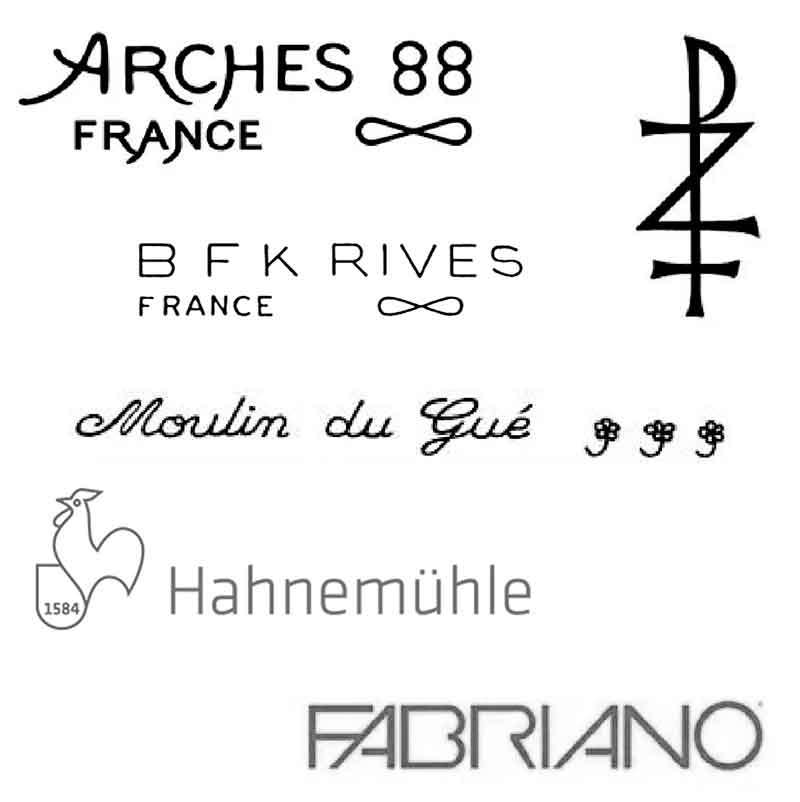
Hi Kim thanks for your fascinating piece about printmaking paper. I’m curious to try it as I have been experimenting with watercolours on different surfaces (paper on board, mdf, primed wood and canvas) painting indirectly however, through tarlatan fabric tightly stretched over the support. Do you think one of the printmaking papers would give me the effect I am after – I.e. some of the paint remaining on the fabric surface and some penetrating through to the paper to retain a broken old fresco appearance!?
I’d be very interested to hear your opinion
Hi Moira, it could possibly work. You really need to give it a go. it could be worth trying a few different types of printmaking paper too, to see if the watercolour paint reacts differently between the papers. cheers, Kim
Thank you Kim,
What an wonderful article – l look forward to trying out some of your recommendations of paper.
l do have an interest in Indian rag paper as well – Made out of old rags .. LOVE the idea of recycling
into something useful .. Merry Christmas
thank you for reading 🙂 I’m thrilled your found it useful. Paper can be an overwhelming. I’m with you on the rag papers. A printmaking friend makes her own. You too have a lovely Christmas. here’s to a creative 2022 🙂 cheers, Kim x
Thanks Kim! Great information and answers to questions hovering around in the background for ages.
Hi Fiona, I’m glad you found it useful. Ive had those questions hovering in my head for a long time too – its great to find the answers. Thank you you for reading 🙂 cheers, Kim
Thanks Kim, great info.
Thanks Gerry. Chuffed you like it 🙂